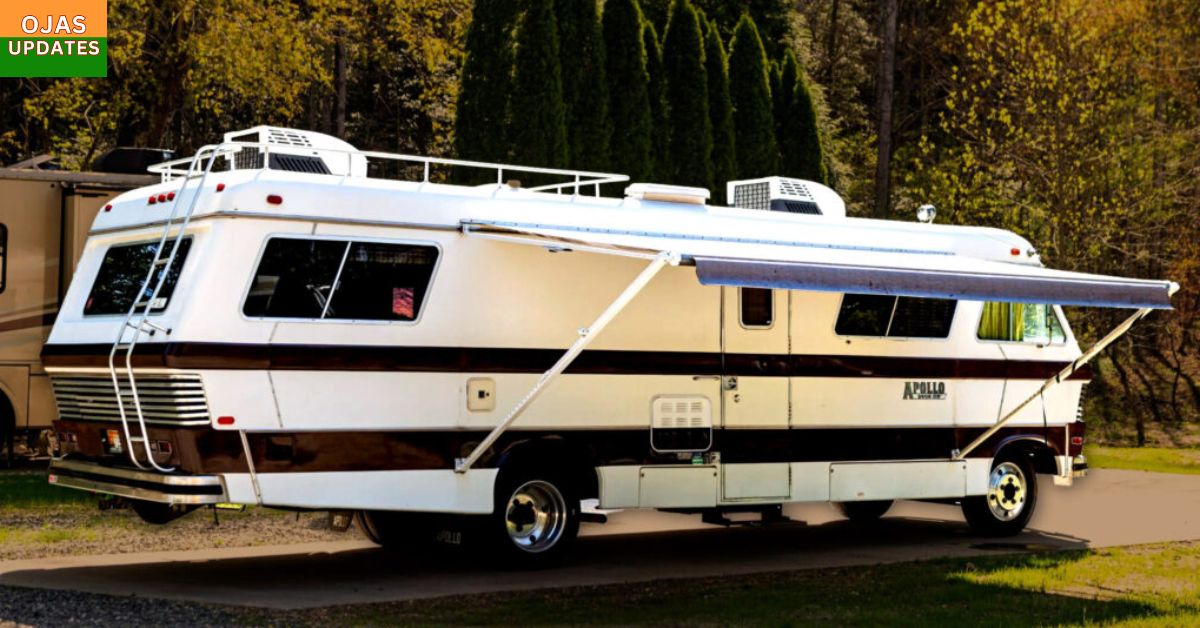In the face of a relentless housing crisis, a growing number of Americans are turning to an unconventional solution: living full-time in recreational vehicles (RVs). Once symbols of leisure and road-trip freedom, RVs are now serving as the last refuge for thousands priced out of traditional housing. This shift reflects not just a lifestyle change, but a deeper economic reckoning—one where mobility becomes a necessity, not a choice.
🏠 The Housing Crisis That Sparked a Movement
Homeownership in the United States has become increasingly elusive. According to Harvard’s Joint Center for Housing Studies, home prices have surged nearly 47% since 2020, while interest rates have climbed above 7%, pushing mortgage costs to record highs. Renters fare no better: half of all renter households now spend more than 30% of their income on housing and utilities, the highest burden rate on recordHarvard Joint Center for Housing Studies.
This affordability crunch has left millions scrambling for alternatives. For some, the answer lies not in downsizing to a smaller apartment, but in ditching conventional housing altogether.
🚐 RVs: From Vacation Vehicles to Permanent Homes
Around 486,000 people now live full-time in RVs across the U.S., a number that has doubled since 2021. While social media often glamorizes van life with scenic backdrops and carefree living, the reality is more complex. Many RV dwellers are older adults, families with children, or individuals on fixed incomes who have been forced into this lifestyle by financial hardship.
Take Kat Tucker, a 64-year-old living on disability and Social Security. After failing to find affordable housing, she borrowed $22,500 to buy a used RV. Her monthly payments are manageable, but she worries the vehicle won’t last the full term of her loan. “It can be a great lifestyle, but it can also be yet another trap for poor people who just keep getting poorer,” she told NBC News.
💸 Counting the Costs of Mobile Living
While RV living may seem like a cost-saving measure, it comes with its own financial challenges. Federal campsites are free but limited to 14-day stays and lack basic amenities like water and electricity. Commercial RV parks offer more comfort but can cost up to $45 per night. Add in maintenance, fuel, insurance, and repairs, and the savings can quickly evaporate.
Moreover, most RVs aren’t built for full-time use. Many are secondhand and prone to breakdowns, leaving owners with unexpected expenses and few options for recourse. For those who finance their RVs, the risk of default looms large if the vehicle fails prematurely.
🌍 A Community on the Move
Despite the hardships, many RV dwellers find solace in the sense of community that comes with life on the road. Traveling groups often form tight-knit networks, sharing resources, advice, and companionship. The 2020 film Nomadland captured this spirit, portraying real-life nomads alongside fictional characters to highlight both the beauty and the struggle of mobile living.
This lifestyle also offers a degree of freedom that traditional housing cannot. RV residents can chase better weather, avoid high-rent cities, and adapt to changing circumstances. For some, it’s a way to reclaim autonomy in an economy that feels increasingly out of reach.
🛠️ Policy Blind Spots and the Need for Reform
The rise of RV living exposes gaps in America’s housing policy. While local governments often regulate RV parking and overnight stays, few have addressed the growing population of full-time mobile residents. Zoning laws, campground restrictions, and lack of infrastructure make it difficult for RV dwellers to find stable, legal places to live.
Policymakers must recognize RV living as more than a fringe trend—it’s a survival strategy for many. Expanding access to affordable campgrounds, offering repair subsidies, and revising zoning laws could provide much-needed relief. Additionally, integrating mobile living into broader housing discussions would ensure that these Americans aren’t left behind.
🔮 What the Future Holds
As housing costs continue to climb, the RV lifestyle may become even more common. Advances in mobile technology, solar power, and compact design are making RVs more livable and efficient. However, without systemic changes to housing affordability, this trend could signal a troubling shift—where mobility becomes a necessity for survival rather than a choice for adventure.
The rise of RV living is a mirror reflecting America’s housing crisis. It’s a story of resilience, ingenuity, and desperation. For many, it’s the last refuge in a system that no longer works for them. And until housing becomes truly affordable, the road may be the only place left to call home.

